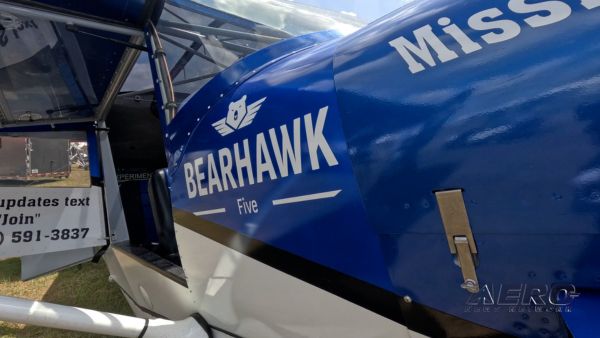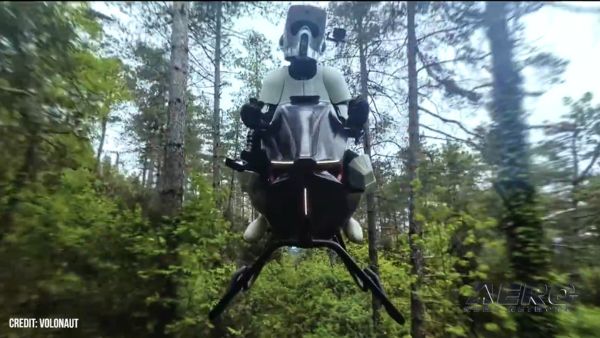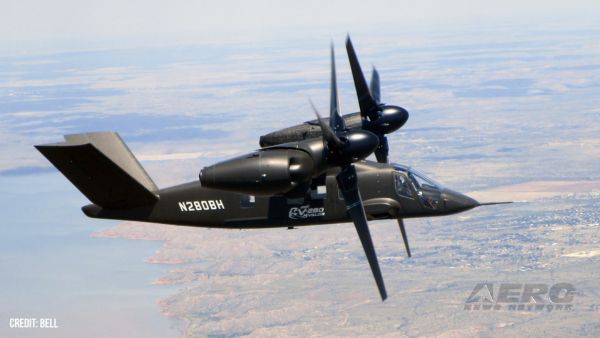The Airport Manager Reported That It Was Snowing Before And During The Departure
Location: Ludington, MI Accident Number: CEN24FA046
Date & Time: November 26, 2023, 10:00 Local Registration: N850JH
Aircraft: Socata TBM 700 Injuries: 2 Fatal
Flight Conducted Under: Part 91: General aviation - Personal

On November 26, 2023, about 1000 eastern standard time, a Socata TBM 700, N850JH was destroyed when it was involved in an accident near Ludington, Michigan. The pilot and pilot rated passenger were fatally injured. The airplane was operated as a Title 14 Code of FederalRegulations Part 91 personal flight.
An instrument flight rules (IFR) flight plan was filed before the flight to fly from Mason County Airport (LDM) in Ludington, Michigan, to Tri-State Steuben County Airport (ANQ) in Angola, Indiana. The pilot also obtained an electronic weather briefing on the morning of the accident. According to the airport manager, he assisted the pilot and pilot rated passenger in removing the airplane from a hangar on the airfield about 945. The airport manager reported that about 10 to 15 minutes later, the pilot taxied the airplane onto runway 8 and began the take-off roll. The airport manager said that the take-off appeared to be unremarkable except that the left wing dipped after rotation and the airplane continued to climb in a left bank. He watched the airplane until it disappeared into the clouds. The airport manager reported that it was snowing before and during the departure. According to an Aviation Routine Weather Report (METAR) for LDM, the weather at the time of the accident was ¾ mile
visibility, 400 ft cloud ceiling, and snow.
A witness walking her dog about ½ mile north of the airport reported that she saw an airplane flying low overhead. The airplane was over the tree line with the left wing perpendicular to the ground. The airplane disappeared behind the trees, and she heard a loud crash. The airplane impacted a grassy area covered in mud and snow about ¼ mile north of Mason County Airport. A 10-foot tall, barbed wire fence, located east of the main wreckage exhibited torn and frayed wire. The airplane traveled about 110 ft from the impact site to the main wreckage and came to rest on its right side on a heading of about 120°. A crater about 10 inches deep and 36 inches long contained pieces of the left fuel tank and landing gear door and was located just west of the barbed wire fence.
The debris field, which was about 75 ft in length and 40 ft wide, was situated on an east to west heading and consisted of additional pieces of the left fuel tank, fragmented pieces of the left flap, left fuel tank sending unit, left wing root, one propeller blade, and left-wing tip. Most of the left wing was at the end of the debris field just before the main wreckage. The main wreckage consisted of the engine, propeller hub, remaining propeller blades, fuselage, right wing, empennage, landing gear, and left aileron. All five composite propeller blades were impact separated at the hub. The hub was still attached to the gear box. Only one propeller blade was found in the debris field. The pieces of the propeller that were still attached at the hub, were ragged with a broom straw appearance cut at a 45°angle and packed with mud. The right aileron was still attached to the right wing. The landing gear was found in the up position. The left aileron trim was still attached to the left aileron and was
in a neutral position. The G1000 flight deck, other avionics, and circuit breaker panel were consumed by post-impact fire.
The empennage included the vertical stabilizer, rudder, horizontal stabilizer, and elevator; however, the empennage was impact separated from the rest of the fuselage. The both the left and right elevator trim tabs showed an identical deflection, 1 cm down from the elevator main trailing edge. The rudder trim was set to close to the neutral position, .2 cm to the right. The airplane wreckage was retained for further examination.
 ANN's Daily Aero-Term (05.19.25): Fuel Remaining
ANN's Daily Aero-Term (05.19.25): Fuel Remaining ANN's Daily Aero-Linx (05.19.25)
ANN's Daily Aero-Linx (05.19.25) Klyde Morris (05.16.25)
Klyde Morris (05.16.25) Airborne 05.19.25: Kolb v Tornados, Philippine Mars, Blackhawk Antler Theft
Airborne 05.19.25: Kolb v Tornados, Philippine Mars, Blackhawk Antler Theft Airborne-Flight Training 05.15.25: Ray Scholarship, Alto NG, Fighter Training
Airborne-Flight Training 05.15.25: Ray Scholarship, Alto NG, Fighter Training



